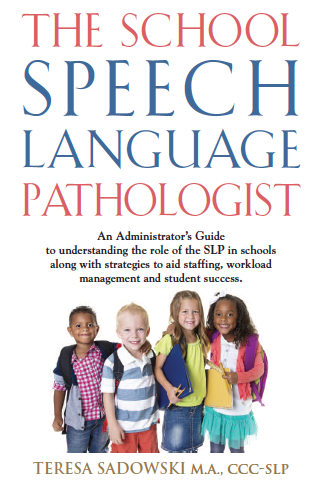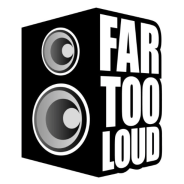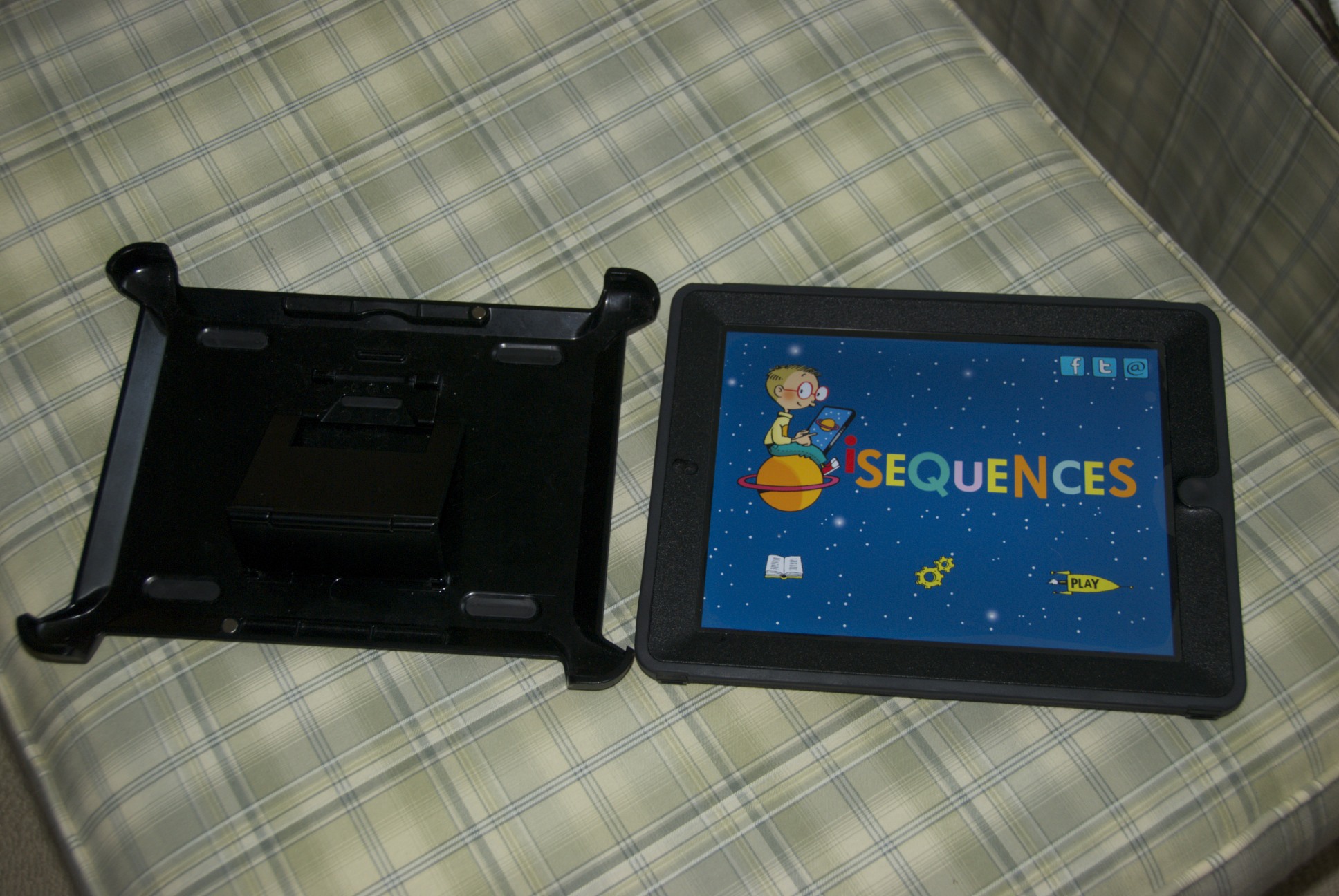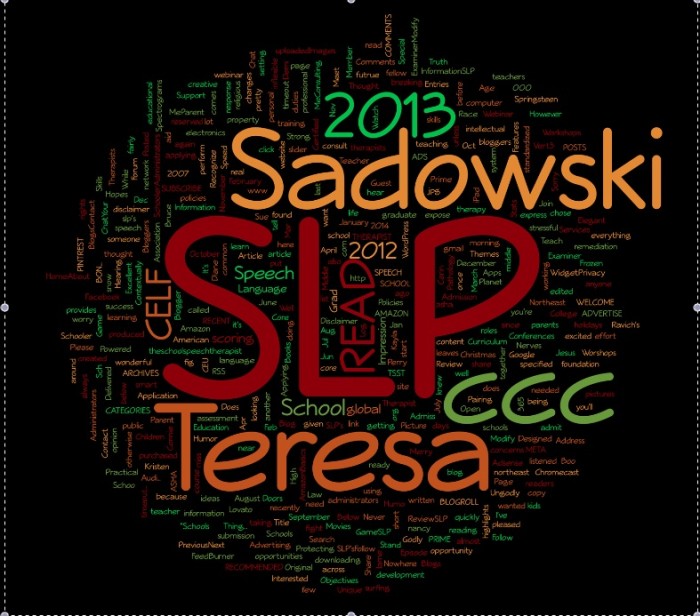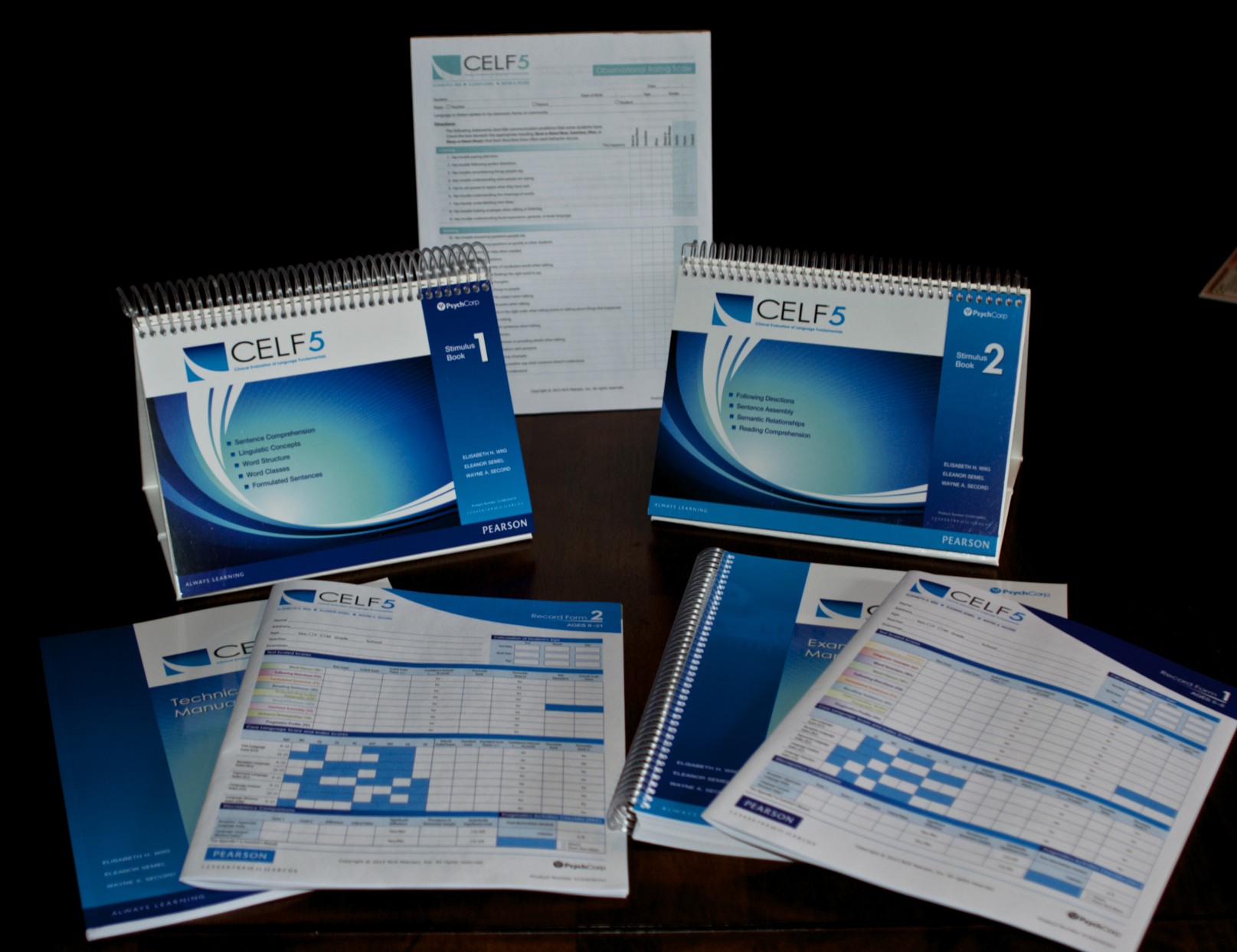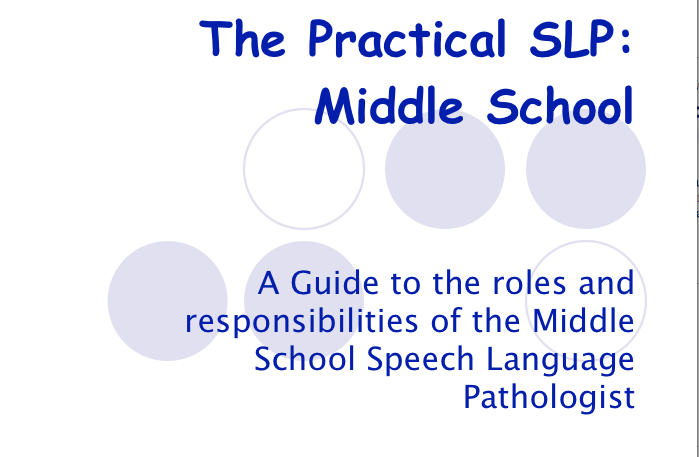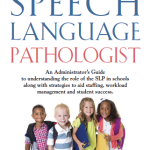My Book “The School SLP”
It’s here!!!
THE SCHOOL SPEECH LANGUAGE PATHOLOGIST is now for sale at all storefronts as an e-book for $4.99:
AMAZON:
http://www.amazon.com/dp/B00Y6YDAZI
BARNES & NOBLE:
http://www.barnesandnoble.com/w/the-school-speech-language-pathologist-teresa-sadowski/1121994087?ean=2940151592819&itm=1&usri=2940151592819
BOOKLOCKER:
http://booklocker.com/books/8038.html
ITUNES:
https://itunes.apple.com/us/book/school-speech-language-pathologist/id998181107
KOBO:
https://store.kobobooks.com/en-US/ebook/the-school-language-pathologist
NSSLHA at Assumption College Raising Awareness around Noise Induced Hearing Loss
This semester I have begun my journey in an Introduction to Audiology course. We have learned about a variety of forms of hearing loss and there is one that really stands out to me. This is Noise Induced Hearing Loss. This has become much more relevant with the increased use of ear buds. As many of you know, May is Better Speech and Hearing Month. At Assumption College, there is an annual spring concert in the beginning of May. The NSSLHA chapter at Assumption College has taken on the responsibility of spreading awareness of noise induced hearing loss around campus. We provide ear plugs for students and suggest that they wear them to the upcoming concert. This has become an important event for us on campus.
It is important that people know the damage that can be done when they expose themselves to noises over 85 dBs. Noise induced hearing loss is a sensorineural hearing loss. This means that there is dysfunction of the cochlea or auditory nerve. More specifically, noise induced hearing loss creates damage to the outer hair cells that line the cochlea. This can cause a hearing loss up to 120 dBs, which is a pretty significant hearing loss. It is important that people take certain precautions to prevent this damage. Some of the precautions that are recommended to people are to lower the volume on personal ear buds and to take occasional breaks when using ear buds. Using these precautions can help preserve ones hearing and reduce the risk of having noise induced hearing loss.
With all of the new technology that exists in our world today, people should know what the damage can be when these technologies are wrongly used. With Better Speech and Hearing Month, as well as our school concert quickly approaching, it is important for the NSSLHA chapter at Assumption College to spread awareness of Noise Induced Hearing Loss. Everyone should encourage these small changes and promote healthy hearing!
Use your earbuds wisely.
The School Speech Therapist
NSSLHA stands for the National Student Speech Language and Hearing Association. The college student equivalent of ASHA The American Speech Hearing and Language Association.
Otterbox is still the way to go…When using electronics with kids
Back in July I wrote an article on Protecting Your Electronics. I strongly suggested an Otterbox case for iPads, when working with children. I’ve used this case for almost a year and other than it being a little big and bulky, I am still very pleased with it.
A couple of weeks ago needed to contact Otterbox customer service because the stand up holder inside the removable top broke. I was still able to use it but it wouldn’t always stay in place. I believe I broke it not one of my students. I filled out a form on line and provided them with a picture of the broken piece. Within a week or so I had a new top for my iPad Otterbox case.
The procedure was simple, Otterbox kept in contact with me and the replacement part arrived on time. Next time I need a case for anything, I’ll be looking for an Otterbox.
Now they all come in such fun colors!
Q Global follow up
Last week I spoke with one of the tech people from Pearson involved with designing the Q Global scoring system. She contacted me in response to the letter I sent a few weeks back. I got the impression that her team is dedicated in making Q Global work for Speech Language Pathologists. We had a nice long chat and went over all of my concerns plus a few other concerns that other SLPs mentioned to me as a result of my initial post.
The biggest points I mentioned were that we really just want scores not necessarily a whole report and the fact that we word very piecemeal and might need some scores before we finish testing. We might not want to give the whole CELF or we often use other tests in combination with the CELF. Pearson understands that we often see children over several sessions and may need to go in and change scores/update scores/add the pragmatic information or want item analysis after our initial scoring.
Changes are in the works but because it is an online program updates take time. Pearson wants to make sure the changes are correct and they understand our needs before the update actually takes place. I believe she mentioned early February for the next update.
For now I am please with the response I received from Pearson. They have their concerns also. The biggest is, if changes are allowed will people go in and score other children to avoid paying the fee. Sure that probably will happen. However, in my opinion that’s the main reason why personal software is a better option.
I’m still not happy with the change to Q Global. Changes are hard but I did my own little study this week. I gave the CELF 5 to a student and it took me 13.5 minutes to score using Q Global. I also gave the CELF 4 and using my software at home it took me less than 3 minutes to score and generate a report. I needed to change something with the 5 and I couldn’t, I needed to add something to the 4 and it took only a few minutes. Right now I am seeing the Q Global as a step backwards. I’ve used the Q Global several times now, I am familiar with how it works so newness wouldn’t be the reason for my increased time. I did send an email to my contact at Pearson pointing out the time difference. With kids back to back we rarely have time to waste almost 15 minutes scoring, so we’re going to see this as one more thing we have to do at home.
With all that said, my contact at Pearson mentioned that there is a feedback button at the top of the Q Global home page. She encouraged me to use it. My guess is unless they hear from the masses, it will be difficult to justify the changes. So I encourage everyone to use that feedback button and let Pearson know the difficulty you have with Q Global.
My other new question to them was, is customer support available 24/7. If we can’t complete scoring tasks during the school day we might need extra support after hours. In my younger days I would be up extremely late working on reports.
Feel free to email me with any of your concerns (or use the feedback button). I will pass them along.
A Fun Little App
I created this using an app call Cloudart. My students had a lot of fun with it this week. I used it to work on categories, word retrieval and articulation. I purchased it for 99 cents through the iTunes store. This app is quick enough to use in a half hour session, even if the kids did some of the typing. It’s a fun little creative outlet for those of us who aren’t too creative. You can type in words or download a web sit like I did here. This is what appeared after I downloaded The School Speech Therapist into the app. In therapy the kids loved it and Cloudart will be something I keep on my iPad.

This one will be staying on my iPad!
Q-global scoring and the CELF-5
While I am fairly pleased with the changes to the CELF 5, I’ve found the Q-global scoring system to be very inflexible around the way Speech Language Pathologists work. I expressed my concerns to Pearson a few weeks ago and they suggested I follow up with a letter. Below is a copy of the letter I sent to ClinicalCustomerSupport@Pearson.com.
I would like to hear from other SLP’s who share my concerns or have other concerns with Q-global. If you feel the same way, please take the time to follow up with your own letter to Pearson. If you would like a copy of my letter to use as a template, please email me at theschoolspeechtherapist@gmail.com.
January 2, 2014
Dear Pearson,
A few weeks ago I contacted customer service to express my concerns with the Q-Global scoring system used to score the CELF-5. Your customer service representative mentioned that other SLPs have expressed similar concerns and that I should write a letter to follow up on our conversation. Basically, the Q-Global system is not user friendly with the way Speech Language Pathologists work. Currently I’ve been using my 10 free scorings that you offered until my school district sets up their account with you. While I’ve only tested 4 students, using Q-global I’ve burned through 6 of the free scorings.
There is always going to be a period of adjustment when learning a new system. Frankly at this point it is easier and quicker to look up scores than to use the Q-global but that will work itself out. However, it is clear to me from this scoring system that Pearson has little idea about how speech and language testing works and how SLPs work, especially within the public school system.
While much of what we do aligns with the school psychologist, our testing is very different. It’s been my experience to observe that school psychologists get most of their testing done in one maybe two sessions. Because of the variety of skills we assess, decreased attention span of some of our clients, limits of some of our clients, other factors we have to consider and most important our limited time available in the schools to test, we often have to complete our extensive testing over 3-5 shorter sessions. In the schools we have 45 days to complete our testing. It is not unusual to have the best of intentions and start testing right away but not finish testing until closer to the end of the 45 day period.
While the CELF-5 is comprehensive and provides some good composite scores, not all students receive all subtests. SLPs may want to give a few subtests to begin with, obtain certain scores (or observe manner of performance) then determine what other testing they’ll give. So here lies the main glitch with the Q-global and the CELF-5. In order to obtain scores on a few subtests to begin with, I have to generate a report to get those scores. Once I generate a report it will cost me another dollar to add or change any information. Considering that most SLP’s are extremely overwhelmed and work very piecemeal, Q-global scoring is going to be a very expensive proposition for schools and private therapists. Once schools realize how expensive Q-global scoring will be, they will discontinue access for their SLPs.
This is what I have experienced so far with Q-global:
Example 1: I gave the CELF-5, scored it out using Q-global, generated a report and put the file back in my bag to work on at a later date. The next time I picked up the file to work on, I noticed I entered some data incorrectly it cost a credit to fix that.
Example 2: I decided I needed to include an item analysis (item analysis is something I occasionally attach to my reports) but I had already generated the report to get the scores. I wasn’t sure if that cost me a credit but I found it very difficult to change the scoring from the raw score to the item analysis.
Example 3: As part of the CELF 5 evaluation process I asked one of my classroom teachers to fill out the pragmatic profile. I had most of the report scored and written up before that document was handed back to me. It did cost me a credit to add that information into Q-global and it took a lot of time to figure out how to do this.
I believe the Q-global system can work with the CELF-5 but you need to allow more time for SLPs to go in and change data. Given the way SLP’s work, at this time Q-global is not flexible enough for us. We need more time to go in and enter data, update date and frankly be able to correct mistakes if we make them. I guess if I have to I don’t mind paying $1 for each test scored but If I have to pay more than that per student for what ever reason, I will give up Q-global or maybe even give up the CELF-5.
I’ve been a fan of the CELF since the original came out. Using the scoring system provided with the CELF-4 made my life very easy. It was on my own computer, easy to use, saved time and was flexible with changes. Priced correctly, most SLPs using the CELF-5 would consider purchasing their own scoring system. I’m also not thrilled about giving over any of my data to Pearson. I am very careful about the student information I enter.
One other thing you should know. I can’t speak for every SLP out there but I’ve never known an SLP to print out the report generated by a scoring system and present that document at a meeting. SLP’s are usually just looking for scores and some item analysis. We tend to write very comprehensive narrative reports, incorporating a variety of test measures.
Thank you for taking the time to read this. I hope you will consider making some changes to the Q-global scoring for the CELF-5 to make it more user friendly for Speech Language Pathologists. If you have any specific questions or other concerns, please don’t hesitate to contact me.
Sincerely,
Teresa Sadowski MA/SLP-ccc
Teacher leaves teaching to fight common core
This is a link to an article on Diane Ravich’s blog.
I hope the powers that be start listening.
CELF 5: First Impression
The other day I was given a copy of the new CELF 5. As someone who has given the CELF since it was created, I was excited to hear a new update was in the works and even more excited when I found out in September that my administrators had purchased one for every school.
As I pulled the components out of the box and laid them along my dining room table, the main items that interested me were the protocol sheets. I assumed I could get an initial impression about the test just by perusing the protocol sheets. I also flipped through the stimulus books and noted some minor changes but a lot of familiar pictures.
My first impression is that they made some nice changes and adjusting to the changes will not be that challenging. Thank you Pearson and Authors because there was no reason to reinvent the wheel.
Looking at the 5-8 year old protocol sheet:
- Subtests are in a slightly different order.
- The old Sentence Structure subtest is now called Sentence Comprehension.
- The old Concepts and Following Directions subtest has been broken up into two separate subtests Linguistic Concepts and Following Directions but here is the best part both have a discontinue rule of 4 (instead of 7).For all of us who have purchased or made up cheat sheets……all the instructions are in the protocol books. No reason to get whip lash as we swing our heads from the back of the stimulus book to the front as we watch our little ones make their choices or encourage carpel tunnel from holding the cheat sheet and protocol together out of the prying eyes of little ones.
- Lots of bold font for general directions and correct answers. I wish the regular font was a little thicker or darker but that’s because of my old eyes.
- Quickly comparing the Pragmatic Profiles lots of similarities noted, the differences seem to be in how skills are worded. Perhaps the changes in the language will make it easier for teachers and parents to fill out. I will have to look at that a little more closely
- The addition of the Pragmatics Activities Checklist looks like a very good tool to help address manner of performance and some subjective pragmatic skills
- Expressive Vocabulary subtest is gone. Which really is ok since most of us use other vocabulary testing. It was small pain to give just to get a composite score but occasionally came in handy. I was actually hoping they would beef up the vocabulary portion to include expressive vocabulary. However, it is nice to use a variety of testing material with students. I think using a variety of tests gives you a better overall profile.
- Phonological Awareness and Word Association have been omitted. Never used those much anyway, preferring the CTOPP for PA and only used word association with lower functioning kids.
- Number Repetition and Familiar Sequences have also been omitted. I never used those subtests very much since my school psychologist always did similar subtests. Plus we always have the TAPS.
- Rapid Automatic Naming has been omitted. Not a big issue with the little ones for me but a big thumbs down for the older kids (see below).
Looking at the 9-21 year old protocol sheet
- Subtests are in slightly different order
- Concepts and Following Directions is now called Following Directions. All directions are in the protocol sheets. However, I could have used some bold print on the Following Directions. The symbols on the protocol sheet are bigger and limited to circle/square/triangle/X. I think I like the changes to the wording.
- There is more space to write the sentences on the Formulated Sentences Subtest.
- The Understand Spoken Paragraphs, paragraphs have changed slightly. There are 1-3 more questions per paragraph. I like that. However, I’ve been running into an interesting pattern with my student’s responses which has been effecting their performance in some cases. Worrying so much about restating the question that they forget the information. (Gee wonder why that is happening?)
- Phonological Awareness and Word Association have been omitted. Never used those much anyway, preferring the CTOPP for PA and only used word association with lower functioning kids.
- Number Repetition and Familiar Sequences have also been omitted. I never used those subtests very much since my school psychologist always did similar subtests.
- Quickly comparing the Pragmatic Profiles lots of similarities noted, the differences seem to be in how skills are worded. Perhaps the changes in the language will make it easier for teachers and parents to fill out
- The addition of the Pragmatics Activities Checklist looks like a very good tool to help address manner of performance and some subjective pragmatic skills
- Rapid Automatic Naming is gone. I am disappointed with that because I often used that subtest to help confirm word retrieval issues. I will probably continue to use that subtest either for my own information or as part of the report noting that it is outdated.
One thing I did notice is that the Item Analysis for each subtest is listed in the protocol sheet. I think that will be helpful when it comes to writing the narrative for each subtest. However, I hope we are able to plug in the correct and incorrect responses in the Q global scoring system to get a list. I occasionally added item analysis to my reports for the Concepts and Following directions subtest.
Scoring…extremely disappointed that we have to go through Q-global and that a fee is charged for every test. Personally I would rather pay for the software and have it on my computer. Sometimes I don’t do all my scoring and writing at once. It better be user friendly that way. My school system is setting up a system for scoring, which I am glad. I’ll have to set up my own for any private practice or consulting. I hope it is easy to use and we can get similar analysis. Note that many of the discontinue rules for individual subtests have changed, for the better I think.
I also noticed that we are going to be able to compare receptive/expressive differences and determine if they are statistically significant. I think that will be a nice addition to the report. I hope the manual give us guidance as how to interpret a difference.
I also have packets for reading and writing supplements. I’m not even going to crack those open yet. At my school the special education teachers tend to take reading and writing on, as they should. If there is a specific issue where we need more data then I will consider giving the reading and writing pieces. Once I get the language pieces of the CELF 5 under my belt then I will look at the reading and writing part of the test more closely. I can’t be all things to all people but I am glad to see it was included but separate.
With all that said my first impression of the CELF 5 is a thumbs up. It should be fairly easy to create a new evaluation template. Hopefully the manual will also give some good information. Once I start using the new CELF 5 and analyze the data a few times, I’ll write another review. It will be interesting to see if the same type of kids are qualifying. I hope and pray the standards have not been lowered. I’d really like to hear from other therapists who are using the CELF 5. What do you think in terms of ease of giving it and overall results? I’m also curious to know how your goals and objectives line up with the CELF 5 and Common Core. Specific examples are welcomed.
Applying to Grad School for Speech Language Pathology: How Do I Get My Application to Stand Out?
By Guest Blogger Kayla Perry
The thought of applying to graduate school is stressful not only to me, but to many of my fellow soon-to-be graduating peers. When I first decided on a major, the average GPA requirement for Speech Language Pathology graduate programs in the New England area was 3.2, which I thought was definitely achievable. As I enter my senior year of undergrad, the average GPA that graduate schools in New England are looking for is now 3.8. My current GPA is a 3.6, not the worst, but not the best either. A lower GPA also means that I must do well on my grad school entrance exams. This is a concern for me because I don’t have the best track record taking standardized tests. I up to the challenge and with some study and practice, I hope to do well.
My concerned hightened when none of the students in my program who applied to graduated school this past year got accepted. So the dilemma becomes, what to do if I don’t get into graduate school upon my first round of applications?
4 out of the 5 students in my program who did not get accepted into graduate school this past year, have been accepted as speech language assistants in various school systems around the area. I’m now questioning if becoming and SLP-A is going to be my only option a year from now. Will working as an SLP- A give me more practical experience the field of speech and language and help to guarantee me a grad school slot the following year? Are graduate schools even looking for this type of experience?
I would appreciate any suggestions on what I could do that might give me an edge during the application and review process. I’ve been doing observation hours at a variety of locations, which I am hoping will look good on an application.
Although I don’t know what the future holds for me at this point in time, I plan continue to pursue my goal of becoming a Speech Language Pathologist. I will keep on doing what I’m doing, stay involved with National Student Speech Language Hearing Association, study/practice for the GRE and look for opportunities that will make my graduate school application stand out.
Related Articles: The SLP and Grad School Admission, How Can I Look Impressive?
Middle School Nerves
It’s that time of year again, school here in the northeast is getting ready to start. For some kids the start of a new middle school experience is exciting and for others it can be a very nervous time. If you’ve ever smelled a group of school full of 6th grade students during the first few days of school you’d realize this. My advice to parents is to be supportive, ask a few probing questions, not too many. Make sure you ask about any concerns they might have expecially around school work and peer relationships. However, keep in mind middle schoolers are also worried about simple things like, being able to open a locker and knowing where to go.
A few years ago, I reviewed the book A Smart Girl’s Guide to Starting Middle School. I think it gave some very practical information and strategies for middle schoolers in general. I wish ther was a boys version of this book.
This week I also received this link in an email 20 Blogs with the Best Tips for New Middle Schoolers. I haven’t had a chance to look over all the information or sites, but the titles are relevant.
Kiss your babies goodbye when the leave for middle school but keep in mind they still need you to be involved, just on a different level.
The Practical SLP: Middle School
Back in 2007, when I was taking a computer course and needed to put some teacher training together I chose to write about the roles and responsibilities of the School Speech Language Pathologist. It was a nice introduction for the teachers and for those who paid attention, I think they learned something about our field. This was just before RTI, core curriculum and the new teacher evaluation process took over. Reflecting on what I wrote 6 years ago, our job hasn’t changed that much…..it’s just been added to. So take a look, please note the word “Practical” in the title. At the time when all these changes were looming I thought it was appropriate (and still do). The Practical SLP powerpoint 2007 copy
Teresa

